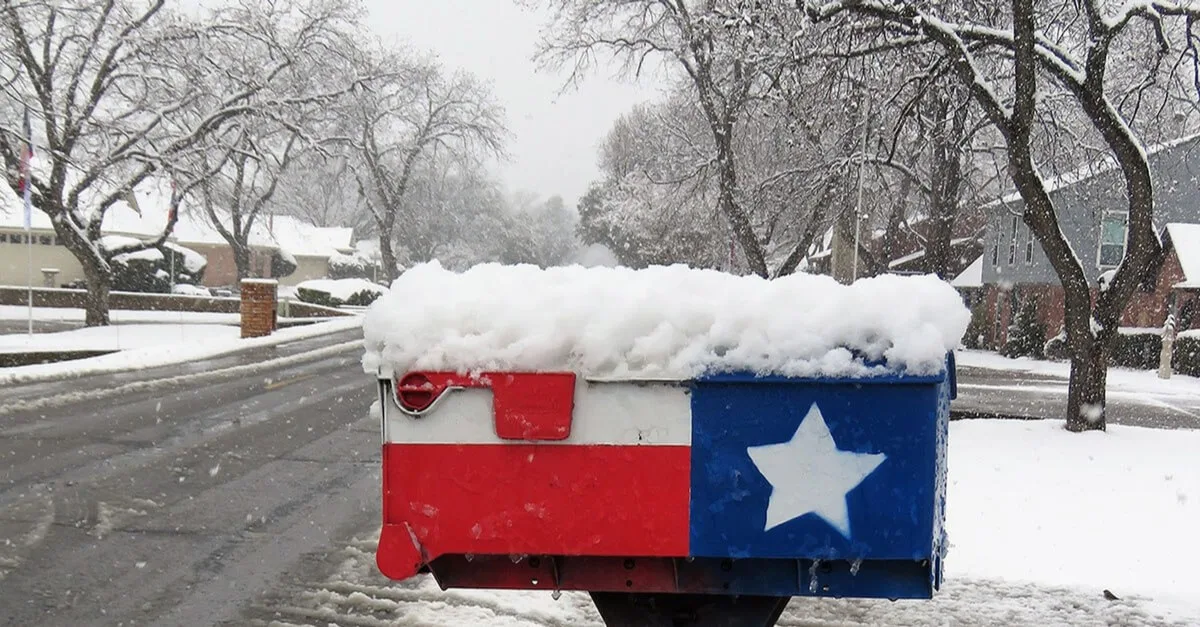
Image via Shuttersotck
Trump’s new rule will allow vehicles to unleash nearly a billion tons more carbon dioxide into the atmosphere than they would have under the Obama-era regulations.
President Donald Trump is expected to announce a plan Tuesday to roll back vehicle mileage standards and limits on fossil fuel emissions. The move reverses the federal government’s boldest effort to combat climate change and contradicts the position of climate experts, states and even some automotive companies.
“This is the first time that an administration has pursued a policy that will net negative benefit for society and reduce fuel savings,” said Chet France, who spent 39 years at the Environmental Protection Agency and oversaw emissions and mileage standards. “They’re pursuing a policy that’s going to hurt public health and kill people.”
The White House says the rule will boost the economy, allowing Americans to continue buying the larger, less fuel-efficient SUVs they favor at a lower price, since automakers won’t be forced to implement cleaner technology. But environmental experts say higher fuel consumption and increased sicknesses due to air pollution will zero out those savings.
Delaware Sen. Tom Carper, who sits on the Senate Environmental and Public Works Committee, called it “the height of irresponsibility for this administration to finalize a rollback that will lead to dirtier air while our country is working around the clock to respond to a respiratory pandemic whose effects may be exacerbated by air pollution.”
Under President Obama, 12 states, including California, Massachusetts, New York, New Jersey, and Washington all adopted tougher emission standards that required vehicles to have progressively cleaner tailpipe emissions through the 2026 model year.
Trump’s new rule will allow vehicles to unleash nearly a billion tons more carbon dioxide into the atmosphere than they would have under the Obama-era regulations. The old rule required vehicles to average about 54 miles per gallon—that has been reduced to 40. The new regulation also means that automakers only have to raise fuel economy standards by about 1.5% a year, compared to the 5% annual increase under the Obama rule.
The Alliance for Automotive Innovation, a powerful automotive lobbying group, had sought to loosen the Obama-era regulation, but even they urged Trump not to implement such an extreme rollback.
“The auto industry has consistently called for year-over-year increases in fuel efficiency,” said John Bozzella, AAI president. “We need a policy environment that drives improvements in fuel economy, and the infrastructure that supports a transformation to net-zero emissions.”
Approximately 20 states are expected to sue the administration to undo the rule, in a case expected to take years and ultimately be decided by the Supreme Court.
Politics

Teamsters and UPS Reach Tentative Deal to Avoid Strike, 340,000 Workers to Get Raises
The tentative deal represents a huge win for full- and part-time UPS Teamster workers, who would get significant pay raises and better working...



One Republican Senator Is Blocking 265 Military Promotions, Leaving the Marines Without a Confirmed Leader
Sen. Tommy Tuberville's decision means these military officers are not getting the pay raises they’re owed, cannot move their families to wherever...
Local News



Teamsters and UPS Reach Tentative Deal to Avoid Strike, 340,000 Workers to Get Raises
The tentative deal represents a huge win for full- and part-time UPS Teamster workers, who would get significant pay raises and better working...



One Republican Senator Is Blocking 265 Military Promotions, Leaving the Marines Without a Confirmed Leader
Sen. Tommy Tuberville's decision means these military officers are not getting the pay raises they’re owed, cannot move their families to wherever...




